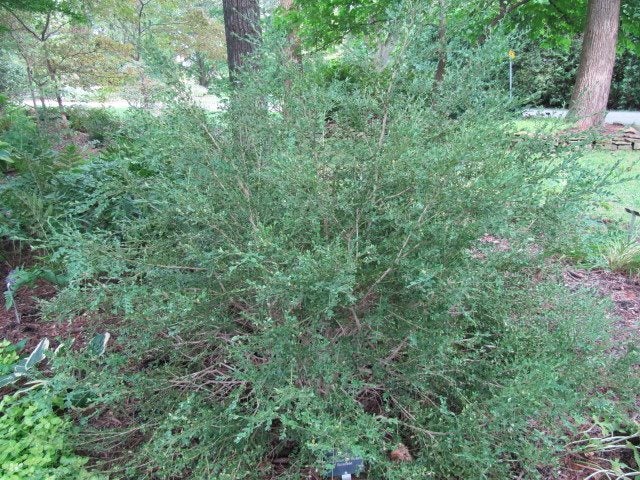Korean Boxwood Care: Growing Korean Boxwoods In The Garden


Boxwood plants are popular and can be found in many gardens. However, Korean boxwood plants are special since they are particularly cold-hardy and can thrive all the way down to the U.S. Department of Agriculture plant hardiness zone 4. If you want to learn more Korean boxwood information or get tips for growing Korean boxwoods, read on.
Korean Boxwood Information
Korean boxwood plants (Buxus sinica insularis, formerly Buxus microphylla var. koreana) are broadleaf evergreen shrubs. They grow upright to about 2 feet (0.5 m.) tall. They are slightly wider than they are tall when they are mature and develop a partially open branch structure. These shrubs are dense plants. Their many branches are covered with finely-textured evergreen leaves that give the shrubs visual interest all year long. In summer, the leaves are green. In winter, they take on a bronze cast. Spring brings small, fragrant, cream-colored blossoms that attract bees. The flowers develop into seed capsules by fall.
How to Grow a Korean Boxwood
If you are wondering how to grow a Korean boxwood, remember that these boxwoods are cold-hardy. They can survive winters in the northern states, down to USDA hardiness zone 4. Growing Korean boxwoods starts with picking a planting site. Choose a location that gets some sun, ideally partial sun. If you pick a full sun site, your plants may suffer from sunscald in winter. You’ll need to find a location with moist, loamy soils. The shrubs’ evergreen foliage needs some protection from desiccation. Site your Korean boxwood plants where they are sheltered from drying winter winds. If you don’t, they may suffer from winter burn.
Korean Boxwood Care
Irrigation is a part of Korean boxwood care. While the plants are drought tolerant, it’s important to provide regular irrigation during the first season after transplant. This helps the roots to establish. Use mulch to keep the root system cool and moist. Pruning is one of the tasks you’ll have to undertake as part of Korean boxwood care. Boxwood is often used as a hedge plant or in a border. Fortunately, it is very tolerant of shearing, so do not be afraid to clip it into shape. Boxwoods are drought tolerant and Japanese beetle and deer resistant. However, it is possible that your plants will be attacked by mites, scale, leaf miners, mealybugs, or webworms. Keep a lookout for yellowing leaves or insect damage.
Sign up for the Gardening Know How newsletter today and receive a free copy of our e-book "How to Grow Delicious Tomatoes".

Teo Spengler is a master gardener and a docent at the San Francisco Botanical Garden, where she hosts public tours. She has studied horticulture and written about nature, trees, plants, and gardening for more than two decades, following a career as an attorney and legal writer. Her extended family includes some 30 houseplants and hundreds of outdoor plants, including 250 trees, which are her main passion. Spengler currently splits her life between San Francisco and the French Basque Country, though she was raised in Alaska, giving her experience of gardening in a range of climates.